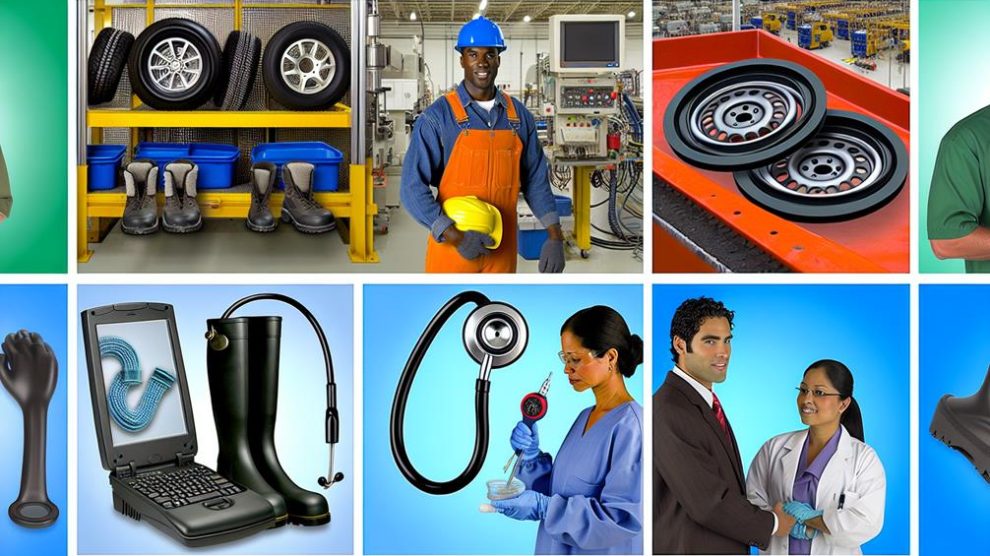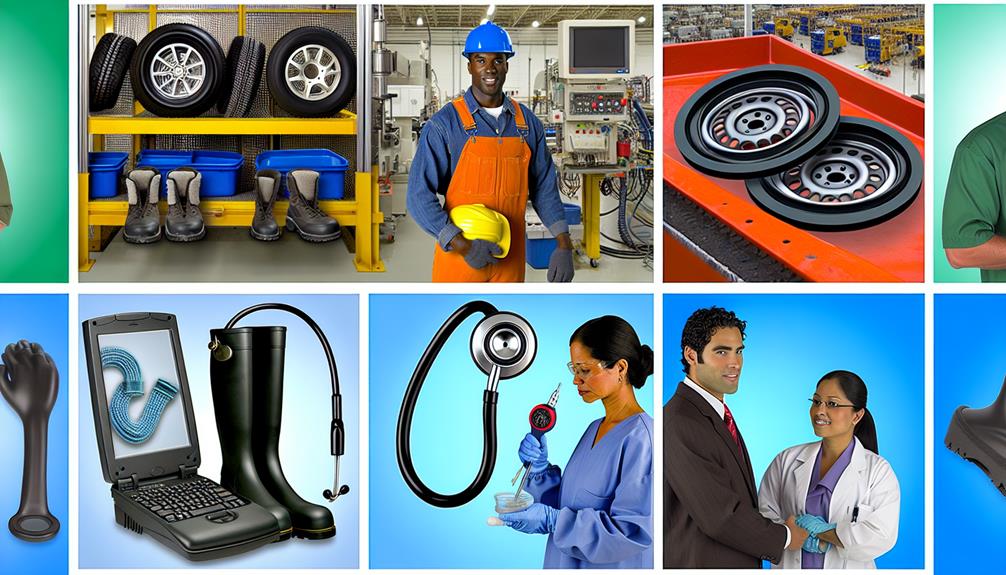Bathrooms, with their inherent combination of water and electricity, pose unique challenges when it comes to safety. This necessitates stringent safety standards for electrical installations in such environments to prevent the risks of shock or fire. Understanding these standards is crucial for homeowners, builders, and electricians alike to ensure that bathroom fittings not only comply with legal requirements but also guarantee the safety of users. This article delves into the key safety standards for electrical installations in wet bathroom areas, highlighting their importance and implementation.
The Significance of Electrical Safety in Bathrooms
Electricity and water are a dangerous mix. In bathrooms, where water is omnipresent, the risk of electrical shock is significantly heightened. The consequences of neglecting safety standards in these wet areas can be dire, ranging from serious injury to fatal accidents. Hence, specific safety regulations have been established to mitigate these risks, ensuring that all electrical installations in bathrooms are both safe and functional.
Understanding Zones and Regulations
Bathroom areas are categorized into zones (0, 1, 2, and outside zones), based on their proximity to water sources such as baths and showers. Each of these zones has specific regulations regarding what type of electrical equipment can be installed and the level of protection required. For instance, Zone 0, which is inside the bath or shower, demands the highest degree of protection, allowing only SELV (Separated Extra Low Voltage) devices with a maximum of 12 volts.
Furthermore, regulations stipulate that all electrical installations in bathrooms must be carried out by a competent person, typically a qualified electrician, and must adhere to the wiring regulations and standards outlined in the national building codes. These include the requirement for Residual Current Devices (RCDs) for additional protection against shock, ensuring that power is immediately cut off in case of a fault.
Innovative Solutions for Safer Electrical Installations
With advancements in technology, innovative solutions such as waterproof electrical fittings and safer shower systems have been developed to meet these strict safety standards. Products that comply with these standards are designed not only for safety but also for longevity and reliability in wet conditions. It’s critical to select products and installation services that adhere to these high standards of safety and quality.
For those looking to upgrade or install new electrical fittings in their bathroom, ensuring compliance with these standards is paramount. Safeshower offers a range of electrical installation services specifically designed for wet bathroom areas, guaranteeing not only compliance with safety standards but also providing peace of mind to homeowners.
The Role of Regulations in Ensuring Safety
Regulatory bodies play a crucial role in establishing and updating these safety standards, taking into account the latest technological advancements and safety research. Compliance with these regulations not only ensures safety but also facilitates the smooth functioning of the electrical installations in the long term. Regular inspections and maintenance are recommended to ensure that all installations remain up to code and safe for use.
Conclusion
The intersection of electricity and water in bathrooms necessitates stringent safety standards for electrical installations in these areas. Understanding and complying with these standards is essential for preventing accidents and ensuring the safety of users. By adhering to the zones and regulations and opting for innovative solutions from reputable providers like Safeshower, homeowners can ensure that their bathroom is both safe and functional. As technology and standards evolve, staying informed and compliant is key to maintaining a safe environment in wet bathroom areas.

